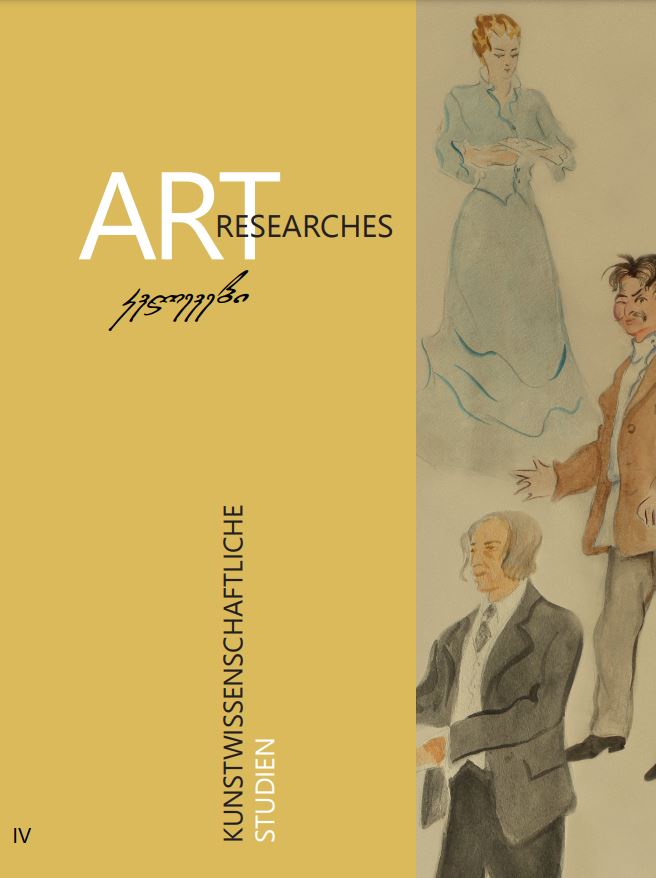The Contrasts Of Light And Dark In Georgian Political Performing Film
Main Article Content
Abstract
In his latest writing, author Paata Iakashvili offers the reader his views on the fragments of bitter reality prevailing in Georgian cinematography, spoiled by politics – the “fighting adventure” of Georgians over the last 100 years – struggle for freedom, national independence, preservation of culture and physical existence. To this end, P. Iakashvili selects a few films shot over the 100 years that portray different political realities – starting with a lost film “Berikaoba-Keenoba” (1909), preserved only in the memoirs of Lado Gvishiani, and ending with the film “Khibula”, completed in 2017, which portrays the recent past of the Georgian people. Furthermore, the article examines the following films – “My Grandmother” (1929, directed by Kote Mikaberidze), “April” (1962, directed by Otar Iosseliani), “Repentance” (1984, directed by Tengiz Abuladze), “Nazar’s Last Prayer” (1989, directed by Levan Tutberidze), “The Murdered Soul” (1994, directed by Karaman Mgeladze), “The Executor” (1995, directed by Mikho Borashvili), “Brigands, Chapter VII” (1996, directed by Otar Iosseliani), “Coma” (2014, directed by Archil Kavtaradze), “Khibula” (2017, directed by Giorgi Ovashvili).
The reader is confronted with the oppressive reality, as well as with the political tension that remains unchangeable in time, which is portrayed in the subjects of these films: Adaptation and betrayal, powerlessness and pain. The article emphasises the following aspects: degradation and annihilation of the essence of personality, the deep distance from spiritual values of the occupied homeland. Nevertheless, the tragic history of the Georgian people is not only presented as darkness in the article. It is the contrasts of light and dark (Ital. Chiaroscuro) that give our reality the form of reality, that provide values and clear-sightedness.
